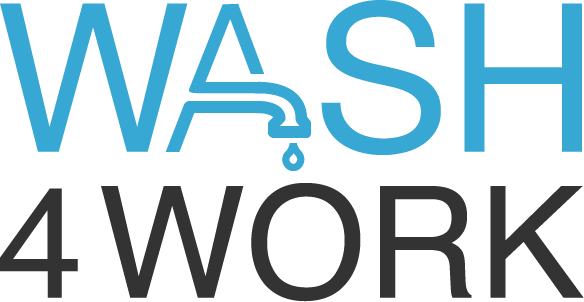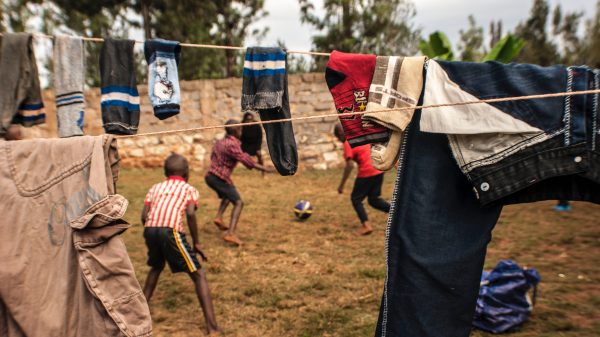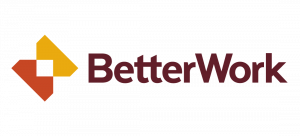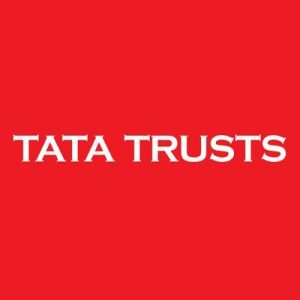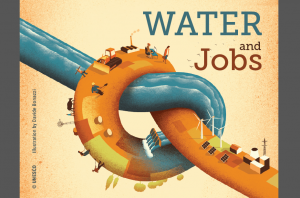Primary Functions
- Develop a common understanding of equity and inclusion in relation to WASH
- Learn about WaterAid’s approach to equity and inclusion
- Establish a common set of minimum standards and indicators as a basis for further work in specific countries or parts of the organisation
Detailed Description
WaterAid believes that access to safe water, improved hygiene and sanitation (WASH) is a human right. These essential services underpin human development and transform lives, enabling people to overcome poverty. WaterAid’s entry point is one of anti-poverty. We believe that poverty, marginalisation, and social exclusion are inextricably linked.
In order to realise our vision of a world where everyone has access to safe water and sanitation, WaterAid is committed to working with its partners to reach those without access to WASH. This includes the poorest and most marginalised who will remain unserved even when the MDGs are met. This means WaterAid must address exclusion from WASH as it relates to wider inequalities in power relations and in control over water and other resources within the family, community and at institutional levels.
Those who are likely to be particularly disadvantaged include women, children, people with disabilities, older people, people living with chronic illness including HIV/AIDS, people belonging to specific castes, religions, ethnic groups, indigenous groups, and people living in remote or peripheral areas. Other socially excluded groups include people who are lesbian, gay, bisexual, or transgender, displaced people, travellers, pastoralists, illegal settlers or people working in particular occupations, such as manual scavengers. Accordingly, WaterAid aims to highlight at every opportunity the continuing inequalities within WASH service provision and to contribute to the significant reduction of these inequalities.
